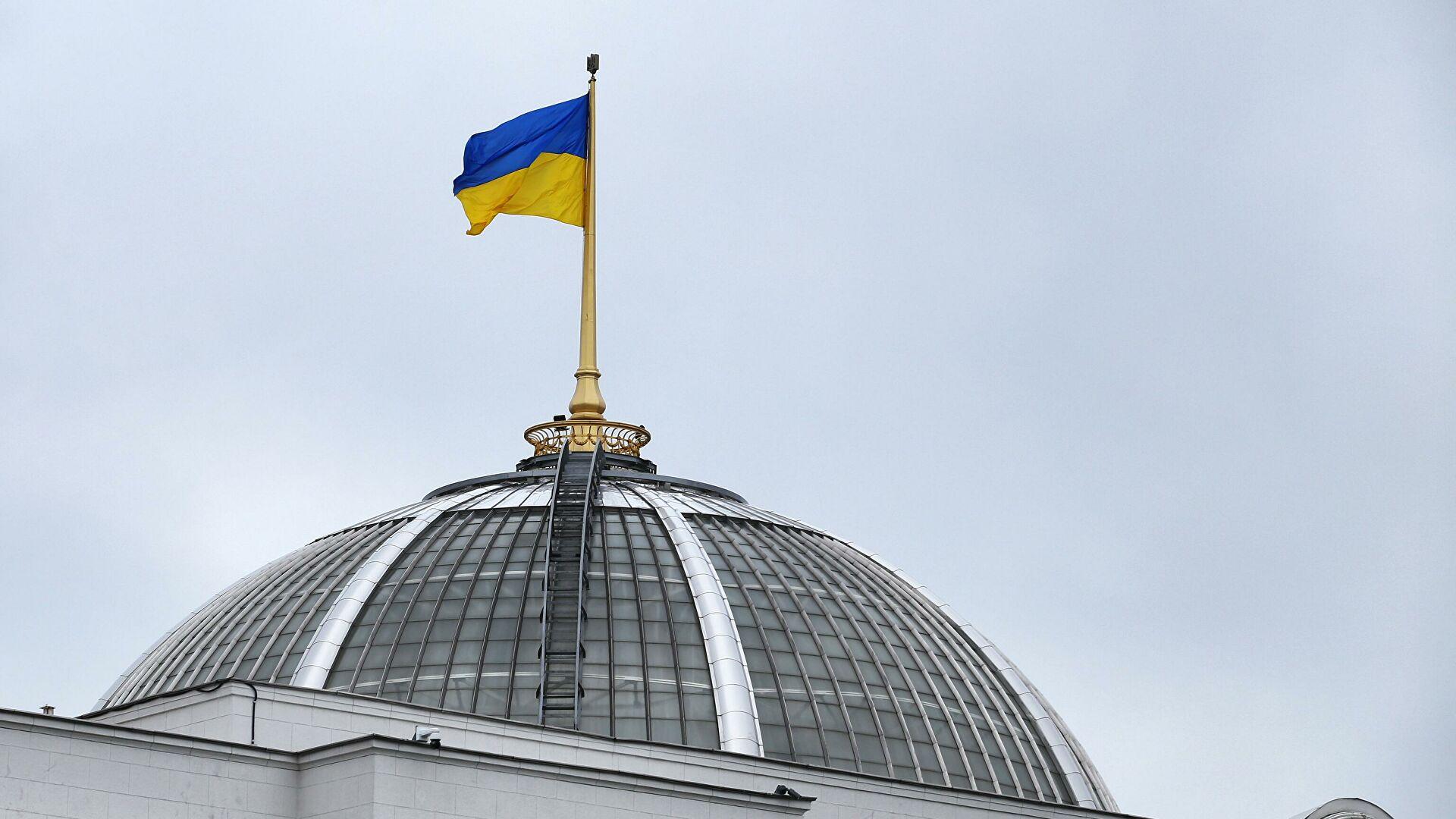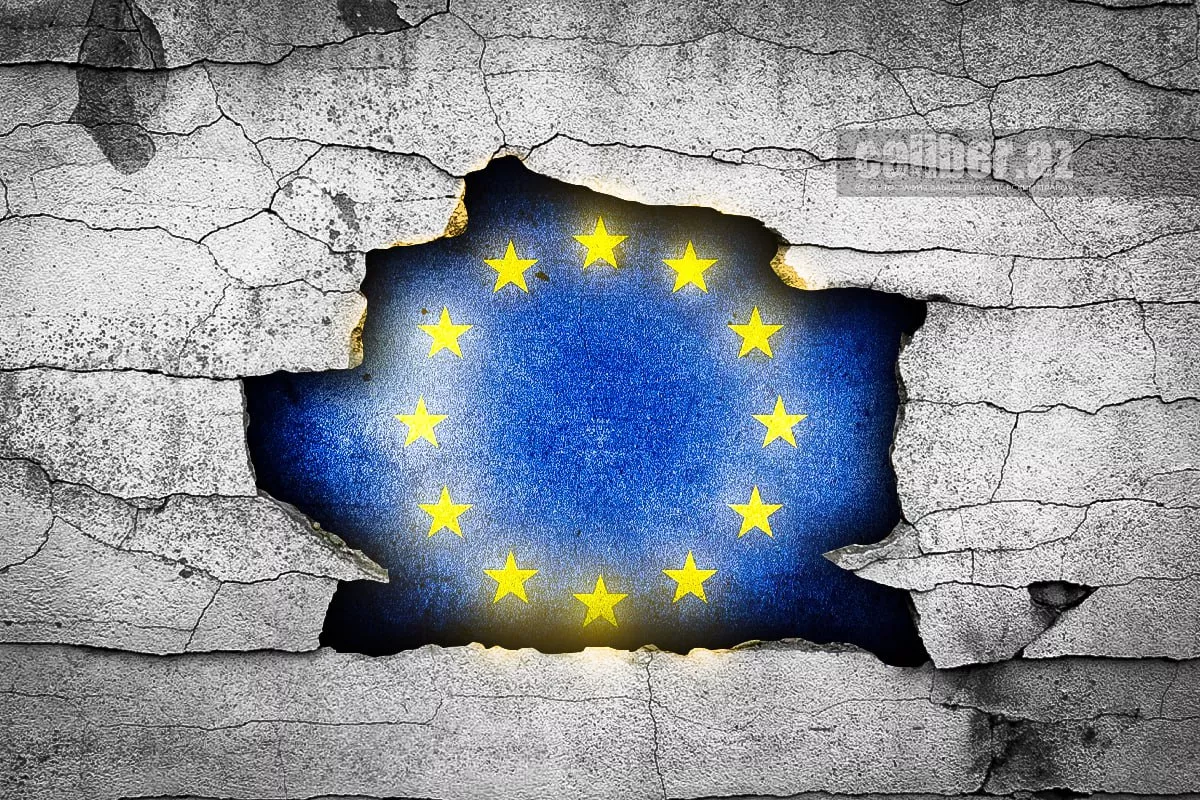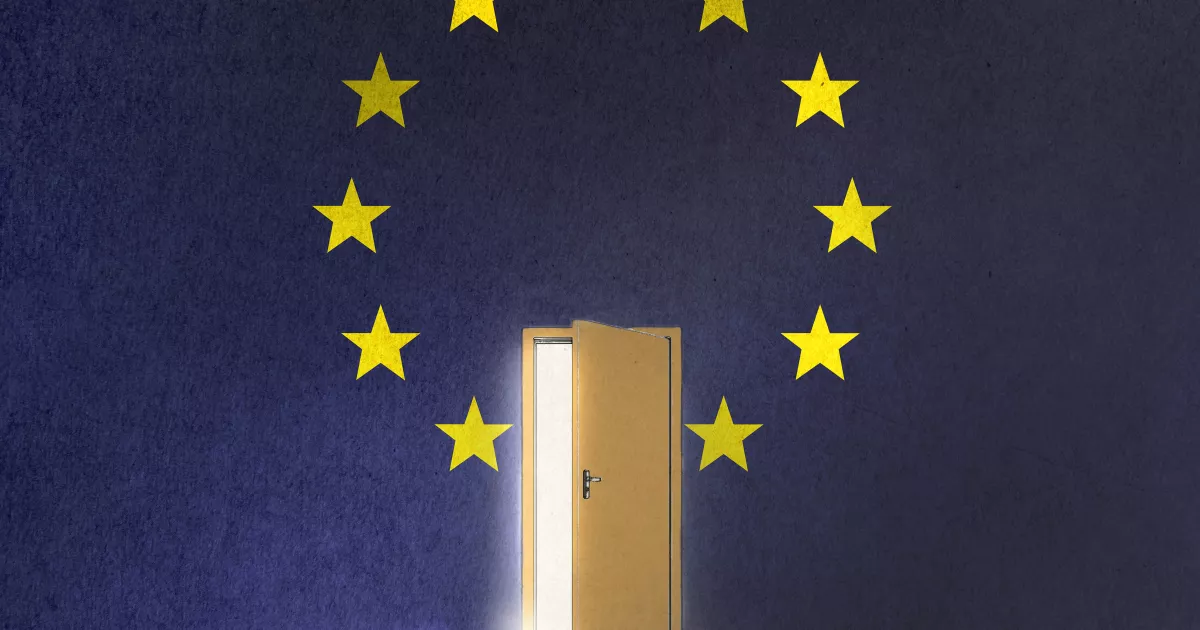EU military plans and core dilemma of European integration Defence Roadmap 2030
The European Union is discussing another major defence document – the Defence Readiness Roadmap 2030. The text of the document, along with the debates surrounding its adoption, reflects a familiar dilemma of European integration: the clash between national and supranational interests. However, the EU today is in such a state and faces such systemic challenges that this traditional dilemma has turned into an unusually serious test for the entire European integration project.
The European Commission has drafted yet another strategic document in the field of defence, which in recent times—especially after the inauguration of Donald Trump as the 47th President of the United States in January—has become a key political topic within the EU. The document is titled Preserving Peace - Defence Readiness Roadmap 2030. Its 16 pages present a comprehensive plan to strengthen European defence capabilities.
Officially, the draft roadmap was presented on October 16, although it had leaked to the media earlier. It was first discussed by the defence ministers of the EU member states, then by the College of Commissioners. Next week, it will be reviewed by the heads of state at the European Council.

As expected, the roadmap has been drafted and presented in the spirit of “Europe in Battle,” echoing the recent annual address of European Commission President Ursula von der Leyen. It also continues, details, and in some respects repeats documents already adopted earlier this year. This primarily refers to the widely publicised March plan for the rearmament of the European Union (ReArm Europe Plan) and the working document on European defence readiness for 2030 (Joint White Paper for European Defence Readiness 2030).
A five-year war-preparation plan
The authors of the roadmap assume that the European Union has five years to prepare for war: “By 2030, Europe needs a sufficiently strong European defence posture to credibly deter its adversaries and respond to any aggression.” These timeframes align with periodically voiced assessments from the intelligence and military agencies of some EU member states. They also clearly correspond to the duration of the current European Commission’s term, which is set to end in December 2029.
Who exactly is considered the main adversary in the published document (and in the perception of European elites in general) is no secret. The roadmap explicitly states that “militarised Russia poses a persistent threat to European security for the foreseeable future.” This assessment is not uniform across Europe, but today it is publicly endorsed by the overwhelming majority of EU member state governments.
Besides the acute perception of the Russian threat, the logic of the developers of the Defence Readiness Roadmap 2030 was also influenced by the American factor. The inevitable (and for several years already ongoing) shift of the United States’ main military-strategic focus from the European continent to the Asia-Pacific region is likely to become for Europe in the 21st century what the “grounding” of the American factor in Europe was in the 20th century. Naturally, all recent initiatives and programmes in the military-industrial sphere, both from Brussels and from many national EU governments, take this variable into account—often in two frequently contradictory ways.
On one hand, Washington’s intentions to reduce its military presence in Europe, along with the increasingly voiced European doubts about the reliability of American security guarantees, including within NATO, are pushing the EU to reflect on its own defence needs. From this emerges a renewed impetus towards European strategic autonomy.

On the other hand, many EU countries still hope to somehow slow down the reduction of the U.S. military presence—or even reverse it entirely. To this end, among other measures, they are also willing to place greater emphasis on European defence readiness and allocate increasingly larger budgets to it. After all, this is precisely what the Americans have traditionally demanded of them. The Trump administration went even further, bluntly linking the prospects of U.S. participation in NATO to a substantial increase in European military and related spending.
The main problem of EU defence and the proposed solution
The authors of the roadmap emphasise what they see as the main problem: although EU states are rapidly increasing their defence budgets, the majority of such spending remains predominantly national, leading to fragmentation, cost inflation, and a lack of interoperability.
To address this problem, the roadmap proposes increasing the centralisation of military and defence-industrial policy within the European Union. The European Commission believes that member states should purchase as much weaponry as possible jointly. The document foresees that by 2027, at least 40% of defence procurement should be conducted through joint contracts (currently less than 20%). Another goal is that by 202,8 at least 55% of all arms deliveries should come from companies within the EU and Ukraine (rather than from other countries), rising to at least 60% by 2030.
One of the roadmap’s primary objectives is to fill capability gaps in nine areas: air and missile defence, logistics and support, military mobility, artillery systems, artificial intelligence and cybersecurity, missiles and munitions, unmanned aerial vehicles (UAVs) and counter-UAV systems, land combat, and naval operations.

The plan also touches on general combat readiness and the role of Ukraine. European officials promise that Ukraine will continue to receive European weaponry and support in order to become a “steel porcupine” capable of deterring Russian aggression. Many in the EU see this Ukrainian “porcupine” as one of the security guarantees for Europe itself.
The roadmap further includes implementation schedules for three key projects.
The first is the Eastern Flank Watch project. It will integrate ground defence systems with air and missile defence and counter-drone systems, as well as the European Drone Wall. The idea for such a wall was recently proposed by the European Commission to provide more effective protection of the airspace of eastern EU member states.
The second project is the European Air Shield. It aims to create a multi-layered air defence system.
The third project is the European Space Shield, designed to protect the EU’s space assets.
The European Commission hopes that all three projects will receive approval from member states by the end of this year. According to its calculations, to successfully implement the roadmap, projects in all priority areas need to be launched in the first half of 2026. By the end of 2028, full financing should be secured and all relevant contracts signed. As stated in the document, echoing earlier declarations and plans, Brussels intends to help member states direct an additional €800 billion towards defence objectives.
The familiar dilemma of European integration
Overall, the Defence Readiness Roadmap 2030 enjoys the support of EU member states. However, the spirit and details of some proposals predictably triggered cautious, if not negative, reactions in several European capitals. For instance, in their responses to the roadmap, Germany and Sweden immediately stressed the need to retain all competences and decision-making powers in defence and defence-industrial policy within national governments. The language of the document itself, however, is quite careful on this point. It emphasises that “member States are and will remain sovereign for their national defence.”

This, perhaps, reveals the central dilemma of European integration, which has accompanied and largely structured the process since its inception in the mid-20th century. In a somewhat simplified and schematic form, it can be described as follows.
Proponents of deeper integration and officials within Brussels institutions traditionally insist on increasing centralisation in decision-making, implementation, and monitoring within the EU. By definition, such centralisation implies expanding the exclusive powers of the Union’s executive bodies—primarily the European Commission—as well as generally giving greater weight to supranational mechanisms within the EU’s complex political structure. However, member states, in turn, “defend” their own sovereignty and do not allow supranational bodies access to the most sensitive areas. Among these areas are national security, defence, and foreign policy.
Even now, in developing the Defence Readiness Roadmap 2030, the European Commission clearly followed a logic aimed at increasing centralisation. For instance, to achieve the goals stated in the document, it would like to carry out a centralised audit of risks in supply chains for materials and finished products in the defence industry. Yet national governments are reluctant to share this sensitive information with Brussels. The same tension exists across many other issues.
Given the specific moment and the associated socio-political emotions, this long-standing EU dilemma has taken on some new shades and nuances. But the important point is not these nuances. The key fact is that the European Union is currently in such a state and facing such systemic challenges that the traditional dilemma has become an unusually serious test for the entire European integration project. Moreover, it manifests itself in several respects at once.
Here, it is not only the clash of interests along the “national–supranational” line—that is, between the sovereignty of EU member states and the supranational competences of Brussels institutions. As noted above, in the field of defence and security another traditional contradiction remains: between the primary orientation of many European countries towards NATO and the American security umbrella, on the one hand, and the EU’s pursuit of strategic autonomy, on the other. This contradiction remains relevant despite Washington’s strategic line of reducing its own role in European security. Yet, despite the clarity and definiteness of this line, its practical implementation is shrouded in uncertainty—as is almost everything in international relations today.
Under these circumstances, for many EU capitals, it still does not seem entirely rational to radically shift priorities and place a bet on the still rather abstract prospects of European strategic autonomy, especially at the expense of a continued foothold under the American security umbrella. However, sooner or later, some of these positions will inevitably need to be reconsidered.

There is a high probability that this traditional dilemma of European integration will increasingly manifest itself in the defence and defence-industrial context. Not only there, of course. But due to the heightened sensitivity of this topic and its significant impact on many other areas of life, its effects could be particularly sensitive and long-lasting. It is not inconceivable that this dilemma will become the main catalyst for the most profound changes in the EU since the inception of European integration.








